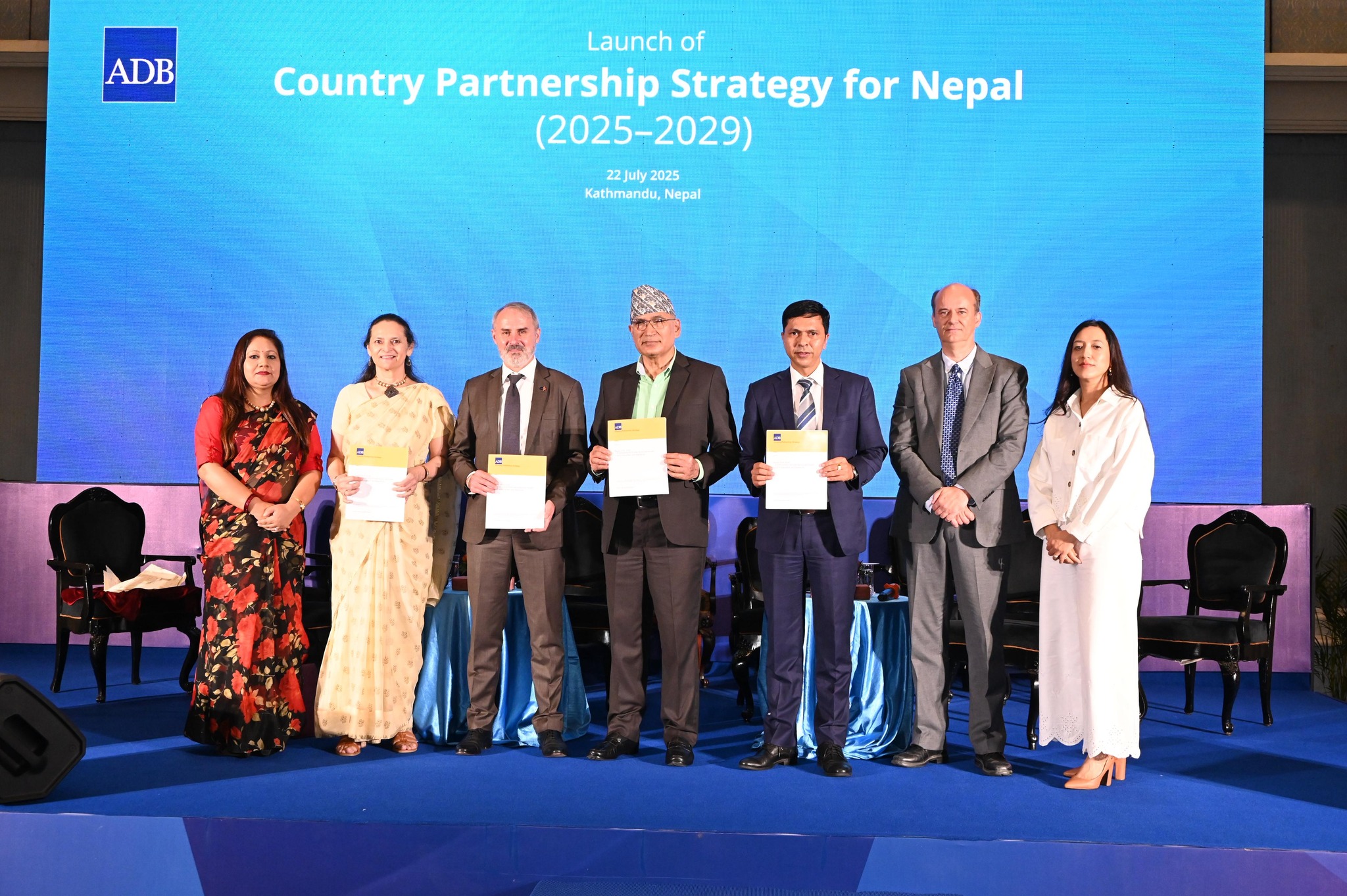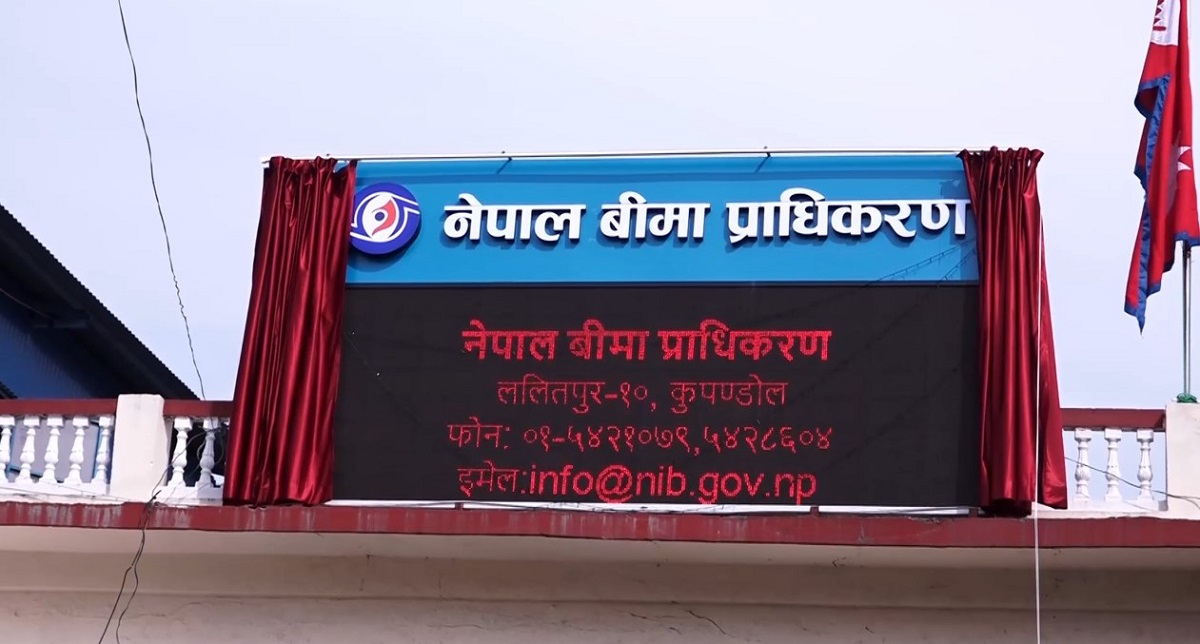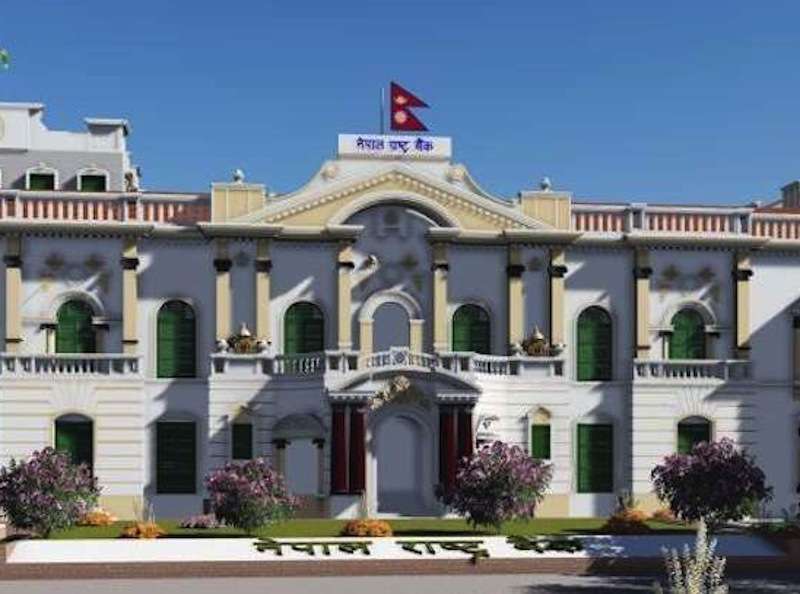The Government of Nepal and the Asian Development Bank (ADB) on Tuesday jointly launched the Country Partnership Strategy (CPS) 2025–2029, a $2.3 billion development framework aimed at promoting inclusive, green, and employment-intensive economic transformation. The new CPS outlines ADB’s development priorities in Nepal for the next five years and is designed to support the country’s transition from Least Developed Country (LDC) status to a more resilient, middle-income economy.
The strategy was formally unveiled by Deputy Prime Minister and Minister for Finance Bishnu Prasad Paudel, who described it as a milestone in Nepal’s long-standing partnership with the ADB.
“Aligned with Nepal’s 16th Plan, it supports inclusive growth, climate resilience, and quality job creation—especially for our youth,” Paudel said in his keynote address. He described the launch as “a new chapter in our six-decade partnership.”
According to the ADB report, the CPS is structured around three interlinked strategic priorities: private sector-led, employment-intensive green economic transformation, inclusive and quality human capital development and public services, and environmental sustainability and climate resilience.
The CPS aligns closely with Nepal’s 16th Five-Year Plan and the government’s Green, Resilient, and Inclusive Development (GRID) approach. As mentioned in the report, it incorporates cross-cutting themes such as digital development, good governance, federalism capacity-building, and empowerment of women and vulnerable groups.
The ADB earlier said it expects to mobilize about $2.3 billion in concessional ordinary capital resources (COL) during the CPS period, with additional project-specific grants from the Asian Development Fund (ADF-14). The report also mentions plans to explore innovative financing tools, including green bonds and Nepalese rupee-linked local currency bonds to attract international investment.
As outlined in the CPS, a key strategic objective is to accelerate private sector development and expand employment opportunities, particularly for youth and marginalized communities. The report states that ADB will support improvements to Nepal’s business environment by supporting government to remove regulatory barriers for women empowerment, encouraging foreign direct investment (FDI), and promoting public–private partnerships (PPPs).
“ADB will support PPPs by building capacity across different tiers of government in project initiation, feasibility studies, and screening in order to develop a pipeline of viable PPP projects and competitive tendering,” reads the report.
According to the report, Nepal’s low productivity and competitiveness are linked to structural issues such as high trade costs due to the country’s landlocked nature, limited industrialization, and a dominance of informal businesses.
The report states, “The country continues to face major development challenges, including low competitiveness because of its landlocked and mountainous topography, inadequate business climate, infrastructure gaps, low agricultural productivity, unplanned urbanization, and dependence on remittances.”
ADB aims to support sectors with high export potential—including manufacturing, tourism, agriculture, and information technology—to stimulate domestic investment and value-chain participation.
ADB also plans to strengthen financial intermediaries to expand lending to micro, small, and medium-sized enterprises (MSMEs), support inclusive finance, and green business initiatives.
Another core pillar of the CPS, as highlighted in the report, is promoting inclusive and quality human capital development and public services. ADB will continue to support school education reforms and improve technical and vocational education and training (TVET) systems with a focus on employability in sectors like agribusiness, health care, manufacturing, and digital technology.
The report mentions that ADB will help upgrade urban infrastructure to enhance livability and access to municipal services.
ADB said it supports the government’s strategy of integrated urban development through regional planning that develops spatial strategies, prioritizes multi-sector investments, and strengthens institutions and upgrades municipal services. According to the report, this approach leverages urban centers to improve livability, support private sector development, attract investments, and increase job creation by augmenting infrastructure, integrating nature-based solutions, and supporting tourism through enabling infrastructure, restoration of cultural heritage, and protection of natural reserves to attract and retain skilled workers who might otherwise migrate for better living conditions abroad.
In cities, the strategy emphasizes water supply and sanitation, solid waste management, green mobility, and climate-resilient planning.
The CPS underscores the importance of integrating climate mitigation and adaptation, disaster risk management (DRM), and environmental sustainability into all development efforts. As mentioned in the report, Nepal’s vulnerability to climate-induced disasters and geographic hazards necessitates urgent infrastructure investments that are both sustainable and resilient.
The report says hydropower can become a cornerstone of Nepal’s development. According to the ADB, hydropower can provide clean and reliable energy, generate export revenue and foreign exchange, boost productivity across industries, particularly in energy-intensive sectors such as manufacturing, agro-processing, and green technology, promote ecotourism and attract foreign investment.
“To improve reliability and mitigate the impact of unpredictable hydrology on the hydroelectricity supply, ADB will prioritize investments in storage and peaking run-of-the-river hydropower projects, while expanding and modernizing transmission and distribution networks to enhance reliability and boost domestic demand and cross-border power trade,” reads the report, adding, ADB will support advanced technologies, such as smart grids, smart meters, and automated systems.
Climate adaptation and disaster resilience will be embedded in the design of hydropower dams, transmission lines, and substations, added the report.
Besides prioritizing hydropower storage, the report also focuses on smart grids, solar energy expansion, and regional electricity trade, particularly with India and Bangladesh. The report also notes that ADB will support resilient urban planning, year-round irrigation, flood control, and eco-tourism development.
To help Nepal meet its Nationally Determined Contributions (NDCs) targets, ADB the country program includes investments in hydropower, grid infrastructure (to reduce transmission and distribution losses), and the promotion of clean public transport and logistic solutions such as ropeways and electric buses.
Likewise, to support the National Adaptation Plan (NAP), the country program includes support for flood-resistant and all-weather roads, integrated water resources management, development of year-round irrigation, flood risk management, resilient urban and water supply development, ecotourism, natural and cultural heritage, and disaster-resilient school buildings.
A key strength of the CPS, according to the report, is its joint strategic approach with the World Bank Group (WBG). Together, ADB and WBG account for about 70% of Nepal’s development financing. The CPS promotes collaboration in large infrastructure projects, such as the Dudh Koshi and Upper Arun hydropower projects, and outlines mechanisms for joint policy dialogue, co-financing, and knowledge sharing.
The CPS was launched on June 17 and officially unveiled on July 22.
Read full report here - Nepal: Country Partnership Strategy (2025–2029)









